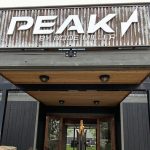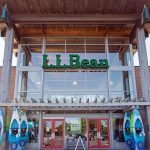Huffy Corporation announced Wednesday that the company and all of its United States and Canadian subsidiaries have filed voluntary petitions for protection under Chapter 11 of the United States Bankruptcy Code in the United States Bankruptcy Court for the Southern District of Ohio.
Concurrent with the filing, the Company said that, subject to Court approval, it has received a commitment for $50 million in debtor-in-possession financing from Congress Financial Corporation to fund post-petition operating expenses, supplier and employee obligations.
“We regret the negative impact today's actions will have on some of our constituencies, but after considering a broad range of alternatives, it was clear to the Board of Directors that this course of action is in the best interests of the Company and its many stakeholders. Our suppliers have agreed to support Huffy in this process by continuing to ship product for the holiday season and to provide trade terms post filing. Given such support we are confident that Huffy can meet its commitments to customers for the coming holiday season and through 2005. We are focused on restructuring our operations around our bicycle and golf product lines, and I am confident that Huffy will emerge as a stronger and more competitive organization, well- positioned to succeed,” stated John A. “Jay” Muskovich, Chief Executive Officer and President.
The Company indicated that it expects day-to-day operations to continue as usual during the reorganization and that management has sought authority from the Bankruptcy Court to pay vendors, suppliers and other business partners under normal terms for goods and services they provide during the reorganization process and to pay its employees in the usual manner. The Company expects that employee medical, dental, life insurance, and other employee benefits will continue without disruption.
Huffy cited liquidity issues, significant operating losses associated with portions of its former Canadian operations, increasing public company costs, and mounting legacy costs associated with discontinued operations dating back to the 1950's, as major factors in its decision to seek protection of the Bankruptcy Court.













